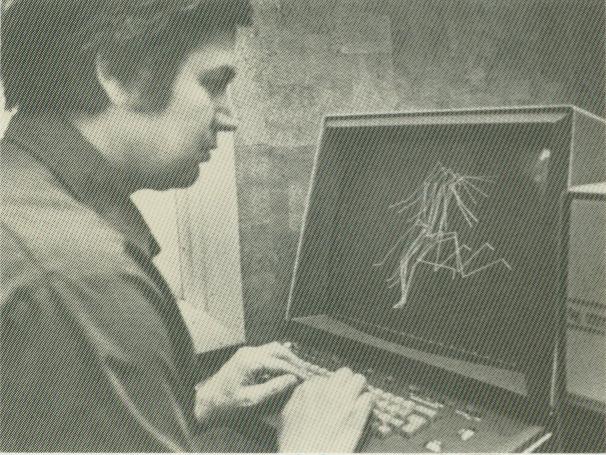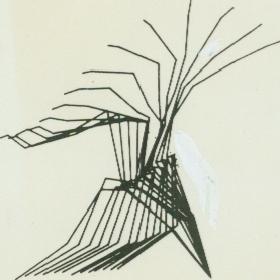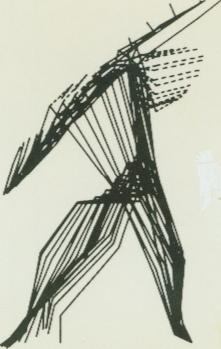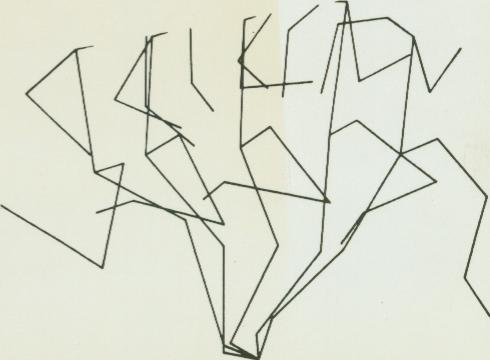| Previous | Index |
![]()
If the U.S. field events group sets any records in July's Summer Olympics, officials should cast a special gold medal for Gideon Ariel.
more of the ball to be on the racket longer It is only a millisecond longer. but it seems to provide the player with greater control of the ball, greater ability to return the shot or service.
"Those who have used the new ball in experiments are pleased with its performance and with their game without knowing why,'' said Gideon.
And while studying the action of the tennis ball, the CBA people viewed film of the human arm returning tennis shots and figured that the arm was asked to make more turning motions in returning the ball than it was equipped to do.
"That's where tennis elbow came from," said Ariel who doesn't play too much tennis himself.
How then to get the racket turned so the face hits the ball properly without making the arm go through unnatural stresses?
The answer. CBA feels, may be an experimental racket it designed. It has a handle that turns. (The grip is on a shaft that lets the grip turn.) The tension is adjustable so that the amount of turn is controlled, permitting the full face of the racket to meet the ball.
The computer. with the electronic pencil tracing how the sporting equipment or sportsman performs, can offer insight into what is being done wrong and how to do it right. But often doing it right is another matter, a matter of human frailty and inability to
adjust- If all could follow the plan designed by the computer and its experts, we'd all be superstars!
In reality, Gideon doesn't contemplate Computerized Biomechanical Analysis as a means of turning out programmed superstars. Rather he sees it as a means of demonstrating what is best and letting the athlete strive toward it, with few achieving it,
Still, if those American-thrown discuses, shots and javelins go flying out of the Olympic Stadium at Montreal this July, Gideon Ariel and CBA may find athletes from all over the world beating a path to its door and its computers. 0
Left: Gideon Ariel computes the electronic pencil's tracings of a runner in action Below: These spider-web figures are the designs that help the computer and the biomechanical analysts determine the optimum performance of the athlete they are studying The lines in the first figure belong to Terry Albritton who then set a world record with a 71-loot. 5-inch throw, the second figure traces a javelin thrower in action. and the third figure shows the stress points in a runner
NEW ENGLAND SPORTS GUIDE July 1976




![]()
| Previous | Index |